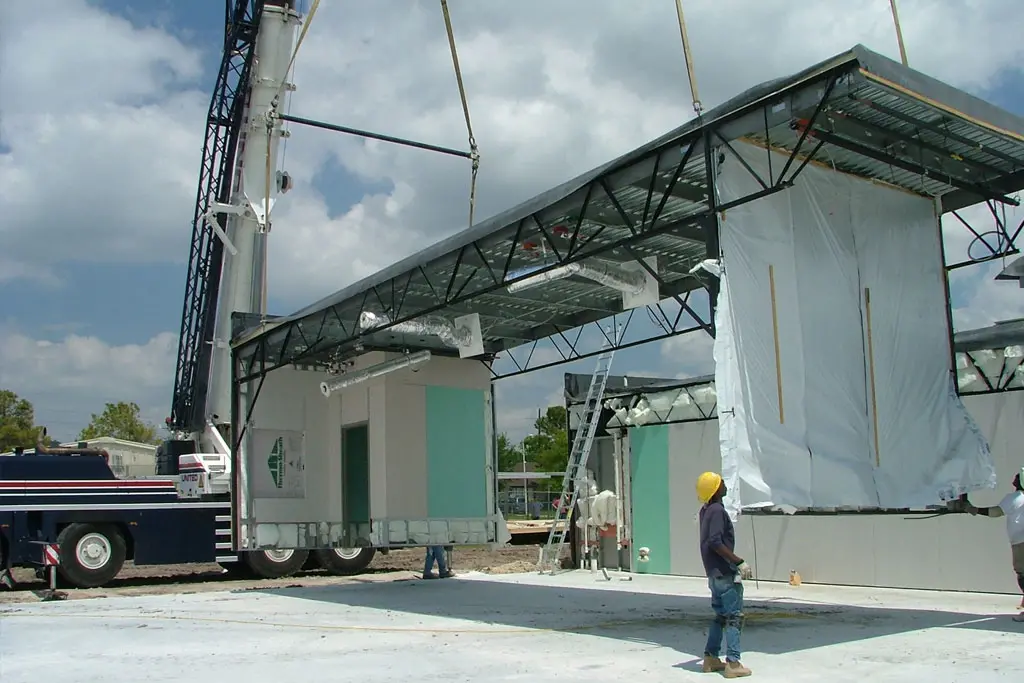20 Questions to Ask Yourself Before You Build or Expand...
And Should You Consider Modular Construction?

Asking the right question is the first step in the facility planning process. Your business, school or organization has outgrown its current facilities and you’re facing the decision whether to build a new facility or expand your existing space. Where do you start? What are your choices? How can you be sure you’ve thoroughly considered all options and the ramifications each presents?
Ramtech Building Systems, a leader in the design and construction of commercial and institutional facilities throughout the Southwest, has created this guide to assist you through the decision making process. When you’re ready to build, Ramtech and its staff of trained design and construction professionals are ready to help you design and build the right facility for your needs.
